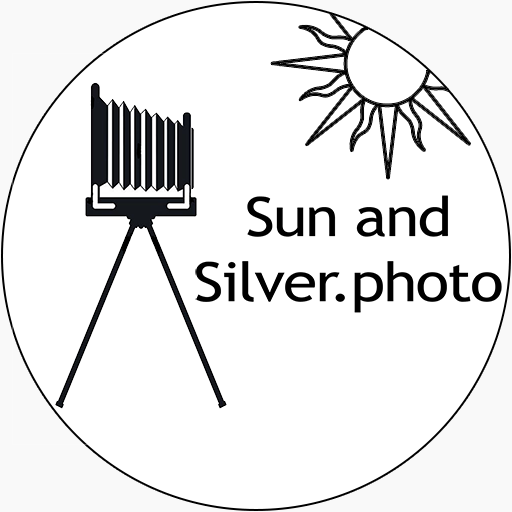Salt printing was the first true photographic process. It was developed in the 1830’s by Henry Fox Talbot and was dominant until the 1860’s when wet plate collodion was developed. The basic process of salt printing is still used today for film photography.
Chemists had known for years that silver chloride was light sensitive. Silver chloride reduced to pure silver when exposed to sunlight. The problem was that silver chloride is a solid and no one knew how to get it on a paper support to form an image. Talbot’s insight was to form silver chloride directly on paper by first coating the paper with salt water (sodium chloride), allowing it to dry and then coating the paper with silver nitrate solution. The silver nitrate reacts with the salt to form small crystals of silver chloride in the paper. Once dried the paper could be used to form a negative image using a camera and then “fixed” to render it permanent. The paper negative could then be used to contact print another salt treated shtte of paper to print a positive image.
The basic idea of forming light sensitive crystals on a support forms the basis for all subsequent analog processes including collodion wet plate and modern film. Salt prints have a wonderful range tonality and very beautiful. They can also be toned with gold and other precious metals to give them resistance to fading and a wider palette of tones and colors.
We produce salt prints in a range of sizes and often gold tone our prints.
